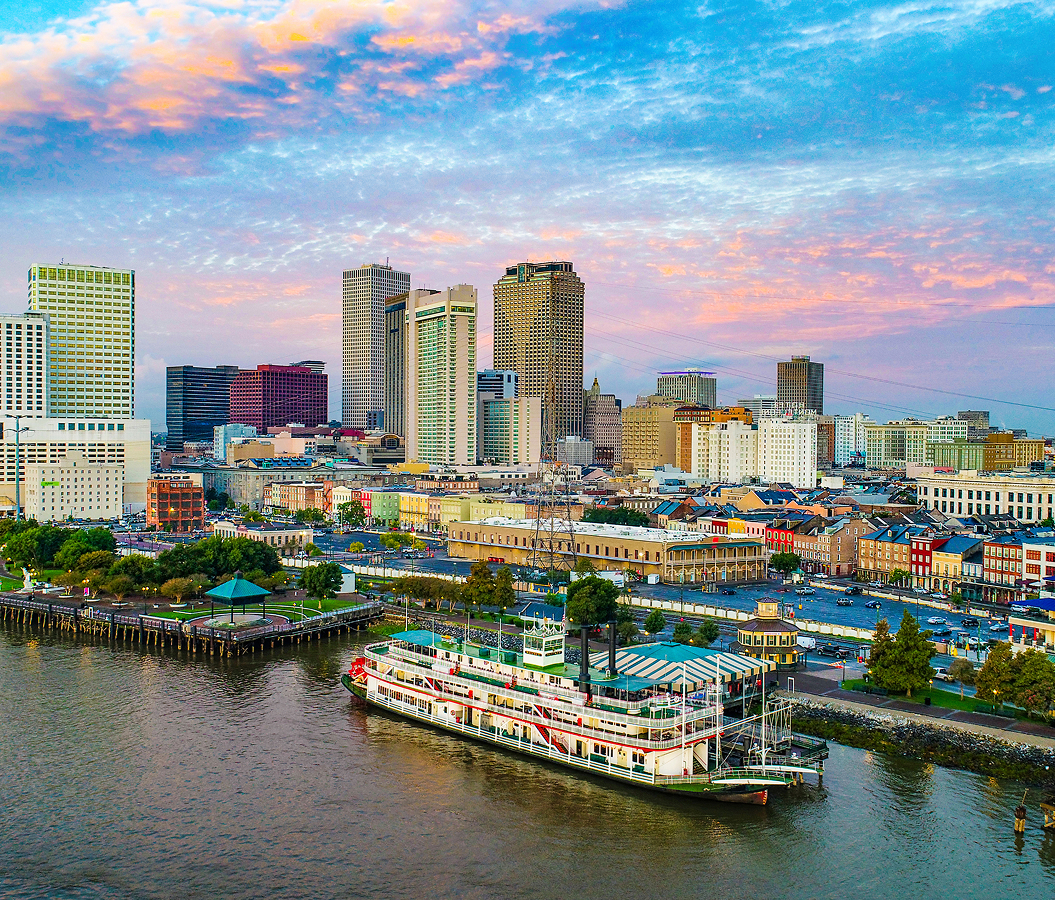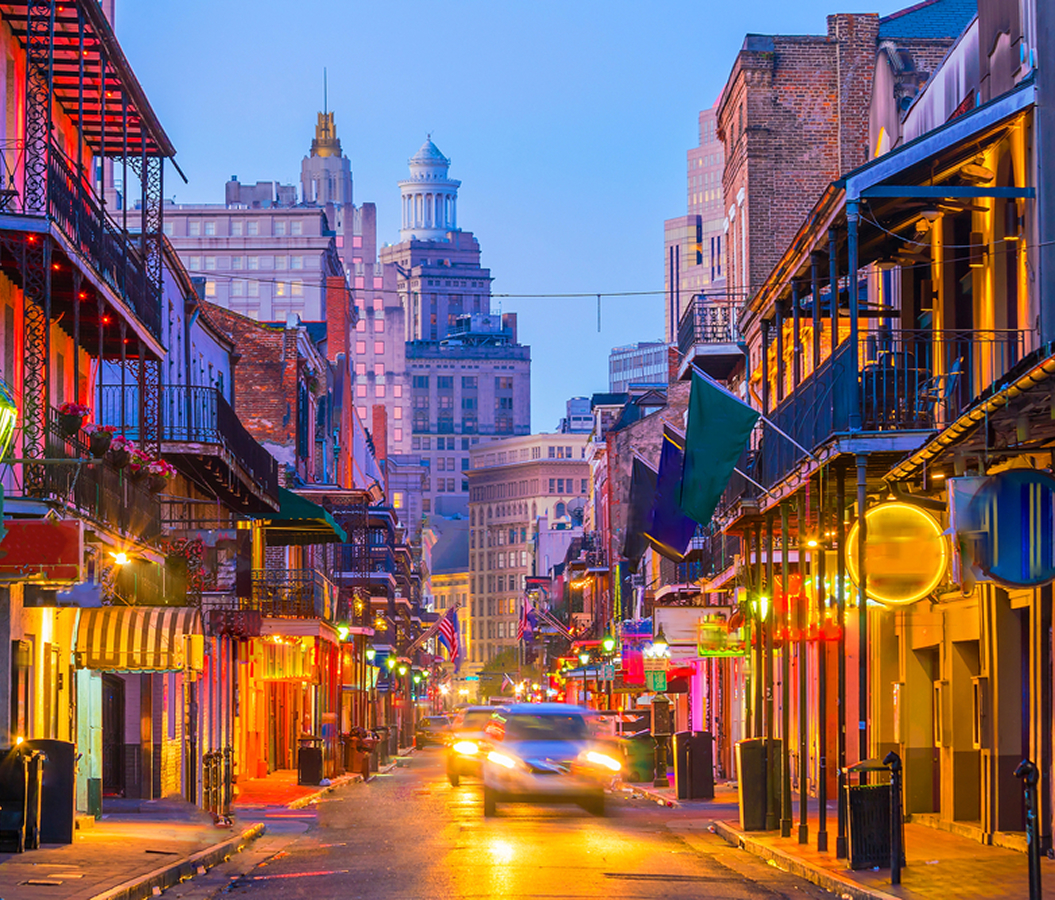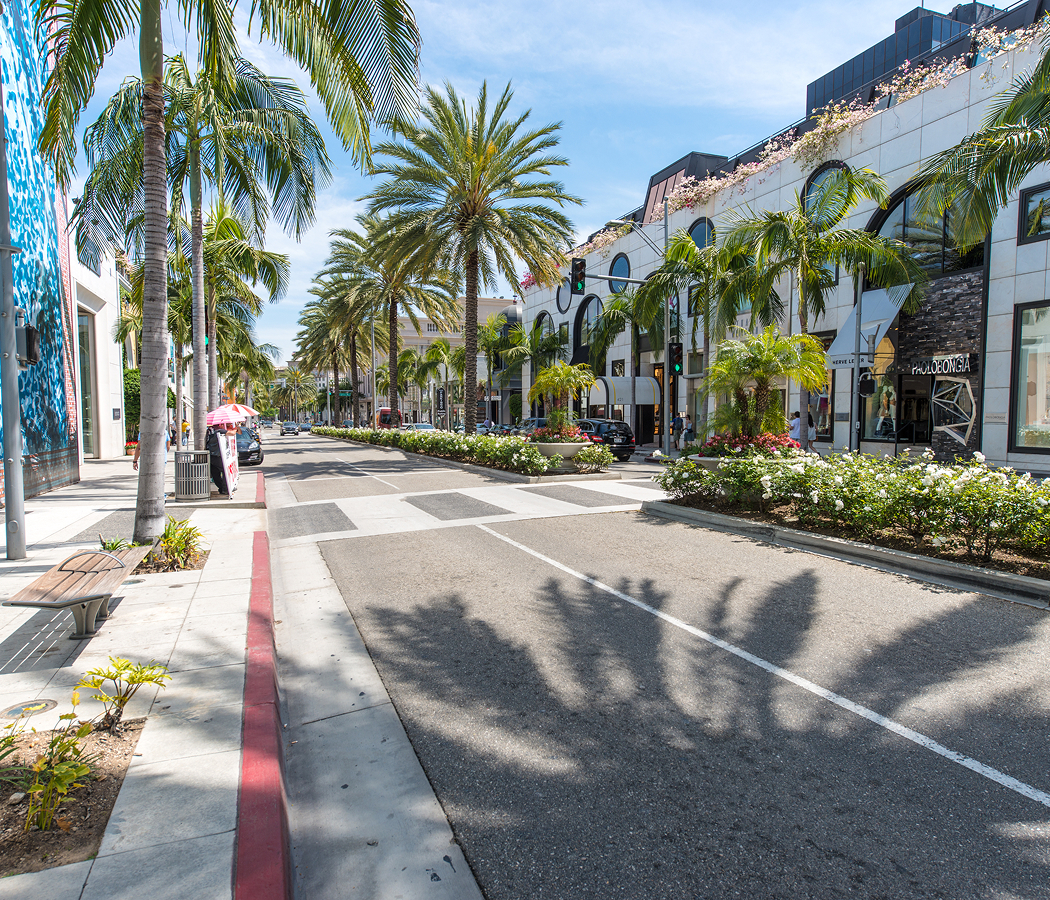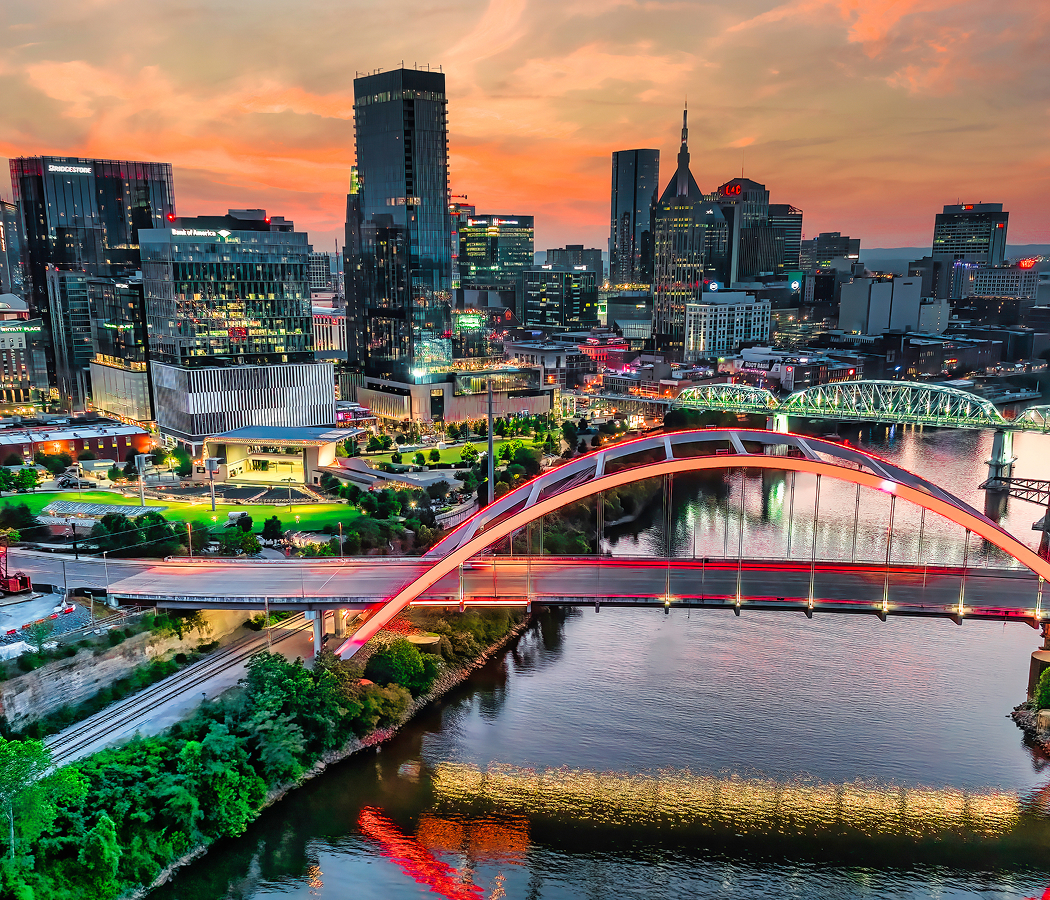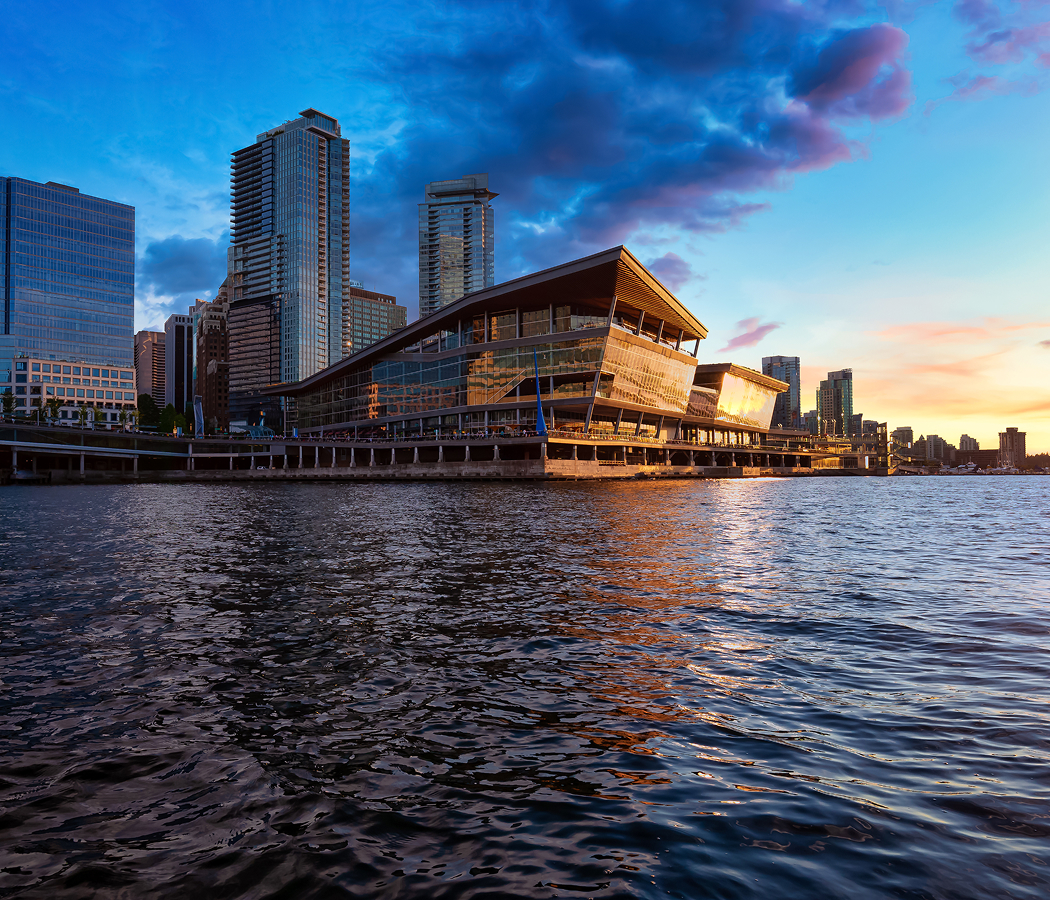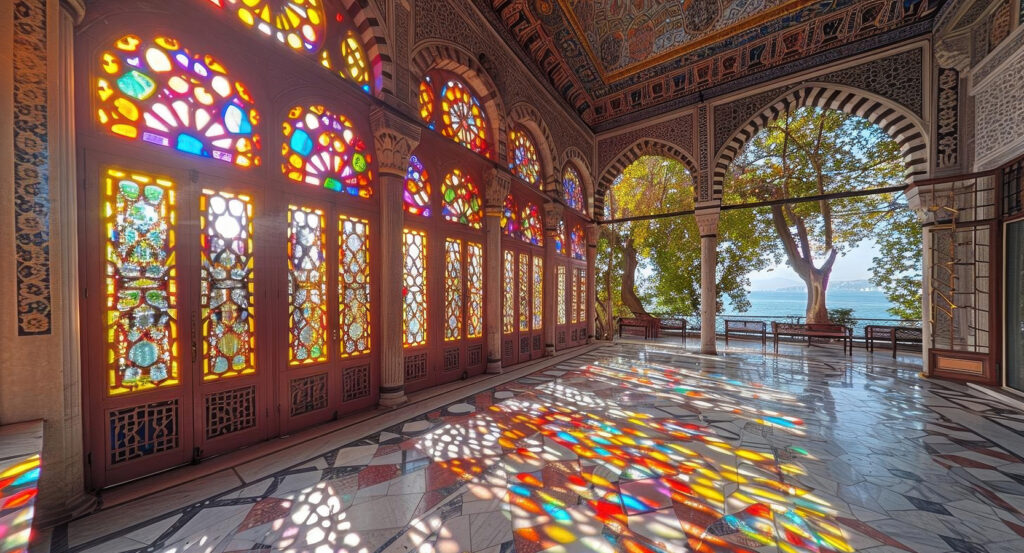
Why you should experience the Topkapi Palace Museum in Istanbul.
The Topkapi Palace Museum in Istanbul is not merely a monument of stone and tile, it is the echo of an empire’s heartbeat, a living chronicle of Ottoman splendor perched above the Bosphorus.
Step through its Imperial Gate, and the air thickens with centuries of ceremony, whispered intrigue, and quiet majesty. This was once the seat of power for the sultans who ruled vast territories from Eastern Europe to North Africa. Courtyards unfold like chapters in a grand story, each leading deeper into the empire’s soul. The first greets you with manicured gardens and the distant glint of domes and minarets, while beyond the Gate of Salutation lies a world of imperial ceremony and courtly life. The ornate chambers of the Divan showcase the precision of Ottoman governance, gilded walls, Persian carpets, and the sultan’s hidden window from which he would observe without being seen. Yet it’s the Harem that holds the palace’s most human pulse, a labyrinth of intimate rooms adorned with Iznik tiles, marble fountains, and wooden latticework that filtered both light and freedom. Here, the stories of queens, concubines, and eunuchs blur the line between history and legend, their lives entwined in beauty and control. Standing within the courtyard of the Favorites, the world narrows to mosaics of turquoise and gold, a silent dialogue between devotion and desire. And then, at the edge of the palace, the view opens to the Bosphorus, where the city shimmers beneath the same sun that watched over the Ottomans’ rise. Topkapi is not simply a museum, it’s an emotional map of empire, art, and power, preserved in the scent of cedar, the flicker of candlelight, and the hush of marble corridors.
What you didn’t know about the Topkapi Palace Museum.
Topkapi’s story mirrors the empire it once ruled, vast, layered, and astonishingly alive.
Commissioned by Sultan Mehmed II shortly after his conquest of Constantinople in 1453, the palace became both a political center and a self-contained city. Over time, it grew to encompass mosques, kitchens, baths, libraries, and pavilions, a miniature world sustained by the labor of thousands. At its height, more than 4,000 people lived within its walls, from high-ranking viziers to master artisans. The kitchens alone could feed hundreds of courtiers at a single banquet, and their domed chimneys still punctuate the skyline like a rhythm of smoke and splendor. The Imperial Treasury guards the empire’s most breathtaking relics, jeweled daggers, gilded armor, and the fabled Topkapi Dagger, its emeralds still gleaming with untouched brilliance. Nearby, the Pavilion of the Holy Mantle preserves sacred relics of Islam, including what is believed to be strands of the Prophet Muhammad’s beard and his sword, objects once carried into battle as divine protection. Yet beyond its treasures, Topkapi’s architecture holds secrets of function and faith. Each courtyard was designed as a threshold between power and piety, reinforcing the Sultan’s dual role as ruler and spiritual guardian. Even the delicate calligraphy carved into its walls hides layers of political symbolism, blending poetry and propaganda. When the Ottoman court moved to the Dolmabahçe Palace in the 19th century, Topkapi fell into serene silence until 1924, when Mustafa Kemal Atatürk declared it a museum, one of the first acts of cultural preservation in the new Turkish Republic. Few realize that beneath its tiled courtyards lie tunnels and cisterns, relics of Byzantine foundations repurposed by Ottoman engineers. The palace’s story, like the empire’s, is not frozen in time but continually reborn, a dialogue between reverence and renewal.
How to fold the Topkapi Palace Museum into your trip.
Visiting the Topkapi Palace Museum is to walk through centuries of empire, one courtyard at a time.
Begin early in the morning, before the cruise ships arrive, when the marble courtyards glow softly under Istanbul’s rising sun. Enter through the Imperial Gate and let the city fall away behind you. Move slowly, this is not a place to rush. In the First Courtyard, pause near Hagia Irene, the Byzantine church that predates the palace itself, a subtle reminder of continuity between civilizations. As you cross into the Second Courtyard, listen for the faint echoes of footsteps, viziers once gathered here to shape the fate of nations. Visit the Imperial Kitchens, where copper cauldrons gleam like relics of ritual, and the air still carries the imagined scent of saffron and sumac. From there, venture into the Harem, where every corridor curves into new perspectives of beauty and control. The Courtyard of the Black Eunuchs opens into the Queen Mother’s apartments, the epicenter of quiet influence that shaped generations of sultans. Continue to the Third Courtyard, where the palace’s heart, the Privy Chambers and Treasury, reveals the empire’s divine opulence. Gaze upon the Topkapi Dagger and the Spoonmaker’s Diamond, so radiant they seem to hold their own light. Then step outside to the Fourth Courtyard, where the Marble Terrace overlooks the Bosphorus and Golden Horn in one sweeping, cinematic view. The Pavilion of the Holy Relics invites a hushed reverence that transcends faith, its rhythmic recitation of the Qur’an lingering in the air. Before leaving, stand by the royal kiosk and watch the seagulls glide between continents. From here, Istanbul unfolds in every direction, a city built on the bones of empires, alive with the pulse of eternity. Visiting Topkapi Palace is not just an act of admiration, it is a pilgrimage through time, a reminder that every civilization leaves behind not just walls, but whispers.
Hear it from the Foresyte community.
Kinda wild that this used to be someone’s actual house. Like imagine eating breakfast in a room dripping in gold and glass. Serious flex.
Where meaningful travel begins.
Start your journey with Foresyte, where the planning is part of the magic.
Discover the experiences that matter most.






















